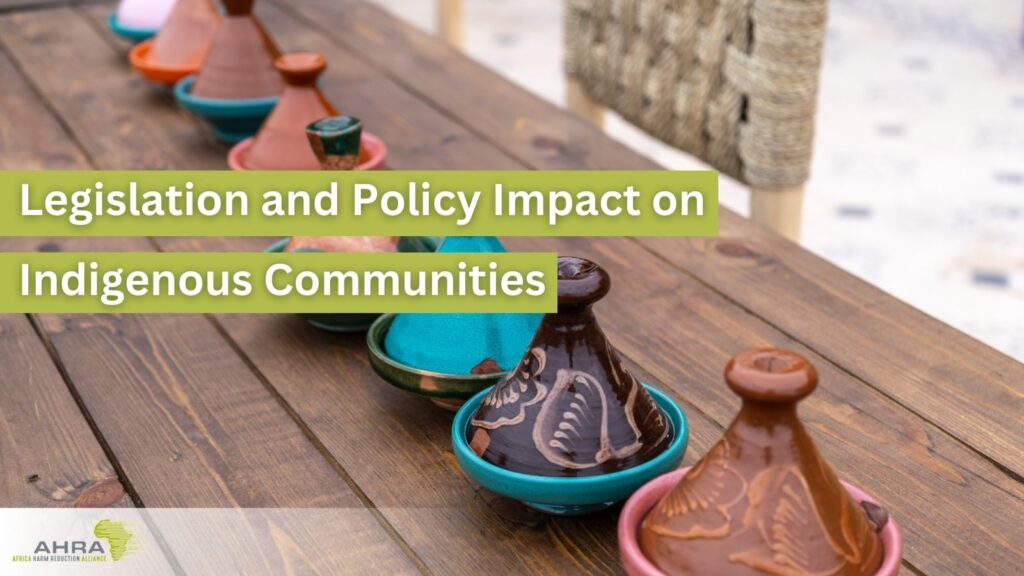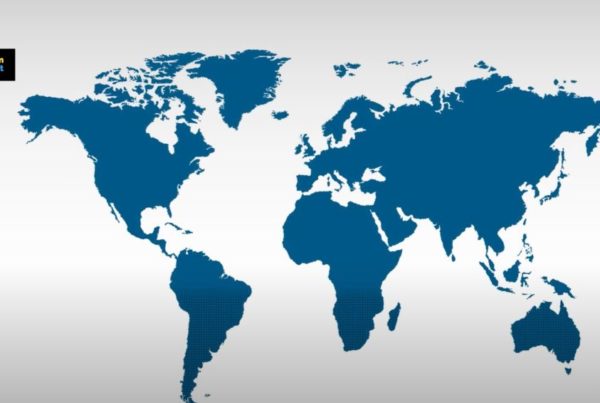International Day of World’s Indigenous People is commemorated on August 9 every year. The U.N recognized day is observed to spread awareness about the indigenous population around the world and to also protect their rights.
In 1982, the U.N Working Group on Indigenous Populations (WGIP) was established as a subsidiary organ to the Sub-Commission on the Promotion and Protection of Human Rights.
Numbering at least 370-500 million, indigenous people represent the greater part of the world’s cultural diversity, and many of them continue to be confronted with marginalization, less access to health services, and other human rights violations.
Indigenous peoples have commonly used psychoactive substances for centuries. Alcohol was brewed and plants smoked or ingested. Often, these substances were used for cultural purposes and supply was limited, without mass production, storage, or any distribution network.
The availability, variety (including commercially produced alcohol), and purposes for use of substances by these communities have changed, as has the peoples’ social, economic, and political status. Unfortunately, substance use disorders have also arisen gradually.
Indigenous communities are at high risk of substance use disorder due to various reasons. They experience increased social and institutional inequities that negatively impact their health care. To add on to that, stigma and violence targeted toward people who use substances prompted by the racially-discriminatory war on drugs is still the predominant barrier preventing lifesaving harm reduction education and materials from reaching the marginalized communities who benefit from them most.
The outreach to indigenous populations is often poor in quality, and many of them don’t get exposure to the available substance use disorder treatment. Too many people among these communities are denied the basic technology that others rely on heavily for information, communication, and education. They have poorer health, on average, than non-Indigenous populations and carry a disproportionate burden of the harms related to substance use, resulting from structural and systemic disadvantages.
Policymakers must begin to question the effectiveness of the existing drug control measures. They need to acknowledge that punitive enforcement has proven both ineffective and counterproductive, and to reorient towards pragmatic harm reduction approaches among indigenous people, that have been shown to minimize the effects of drugs on people who use them.
Clearly, there’s a need for equity in the treatment of substance use among Indigenous people. The lack of healthcare infrastructure among these groups makes the scale of the task to reduce tobacco use for example, inherently complex and puts the onus on individuals to reduce their harm and risk. Indigenous people deserve to have awareness about, and access to, all options available to them, especially when their own health – and that of their families – is on the line. “Quit or die” cannot be the only alternative we offer them.
Policymakers must focus on ending the continuous violations of human rights experienced by people who use drugs in these communities. Evidence-based measures should be the standard for countries to enable them to curb the health and social consequences of drug use among these communities.
Developing drug and alcohol harm reduction intervention programs for indigenous communities would improve their overall health and wellness.
“The claims of indigenous peoples need to be seen in the context of their systematic discrimination and marginalization under contemporary political and economic conditions.”
– Nigel Crawhall, Indigenous Peoples of Africa Coordinating Committee











